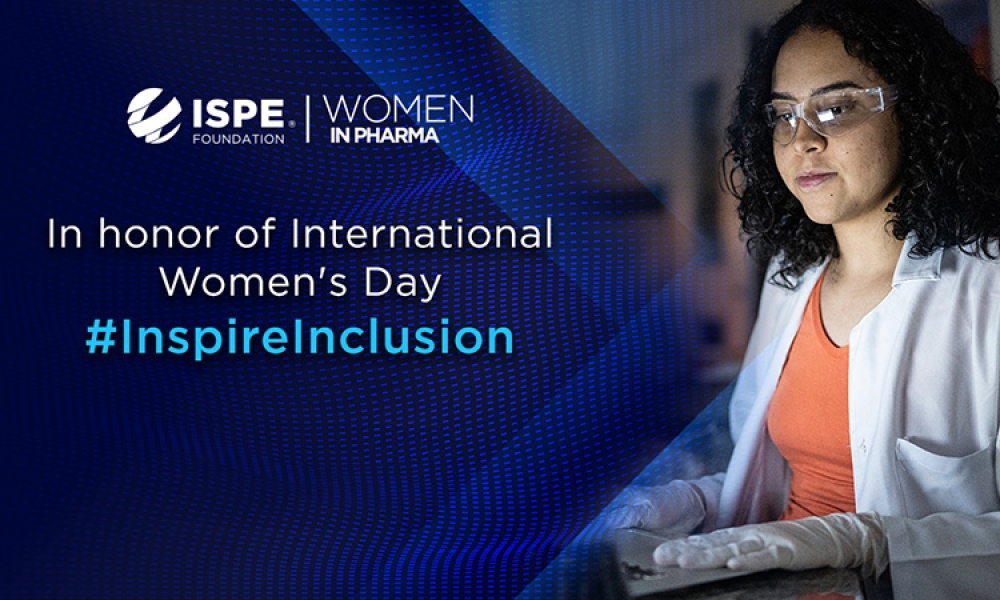9–10 March 2017
Are your process control systems fit for use?
Using a lifecycle approach for the development and management of process control systems, A Risk-Based Approach to GxP Process Control Systems: Applying the GAMP® Good Practice Guide: A Risk-Based Approach to GxP Process Control Systems (2nd Edition) (T21) course demonstrates how the principles and concepts of GAMP® 5 may be practically applied.
The course covers both regulated company and supplier quality management systems and the full system lifecycle from concept to retirement. You will learn how appropriate QRM and specification and verification activities should be an integral part of the normal system lifecycle and how to leverage supplier documentation and activities to avoid unnecessary duplication, cost and waste.
27–28 March 2017
Can you successfully develop and validate your bioprocess?
The inherent complexity and uncertainty of biotechnology makes developing and validating bioprocesses for manufacturing proteins and biopharmaceuticals very difficult. The Process Validation in Biotechnology Manufacturing (T32) course is designed to provide a clear understanding of the regulatory (USFDA’s Process Validation Guideline), scientific, and engineering tools required to successfully develop and validate bioprocesses.
Course topics includes a long list of activities required to validate biopharmaceutical processes, comprehensive strategy development, review of important biotechnology manufacturing processes, and the regulatory requirements for their validation.
30–31 March 2017
Does your technology transfer reflect an enhanced approach to current best practices?
Technology transfer includes knowledge transfer, science and risk-based principles including ICH Q8, Q9, Q10, Q11 and efficient processes to meet evolving business needs. As the industry continues to experience changes, technology transfer for APIs, finished dosage forms and analytical methods between development and manufacturing sites and contract manufacturing organizations (CMOs) have become increasingly important.
This Practical Application of Technology Transfer (T19) course uses current industry challenges and real-world examples as tools for industry and regulators to use when conducting and evaluating technology transfer activities. Through the identification of successful technology transfer, we have developed “how-to” examples that can be individually tailored, depending on the type and scope of transfer.



